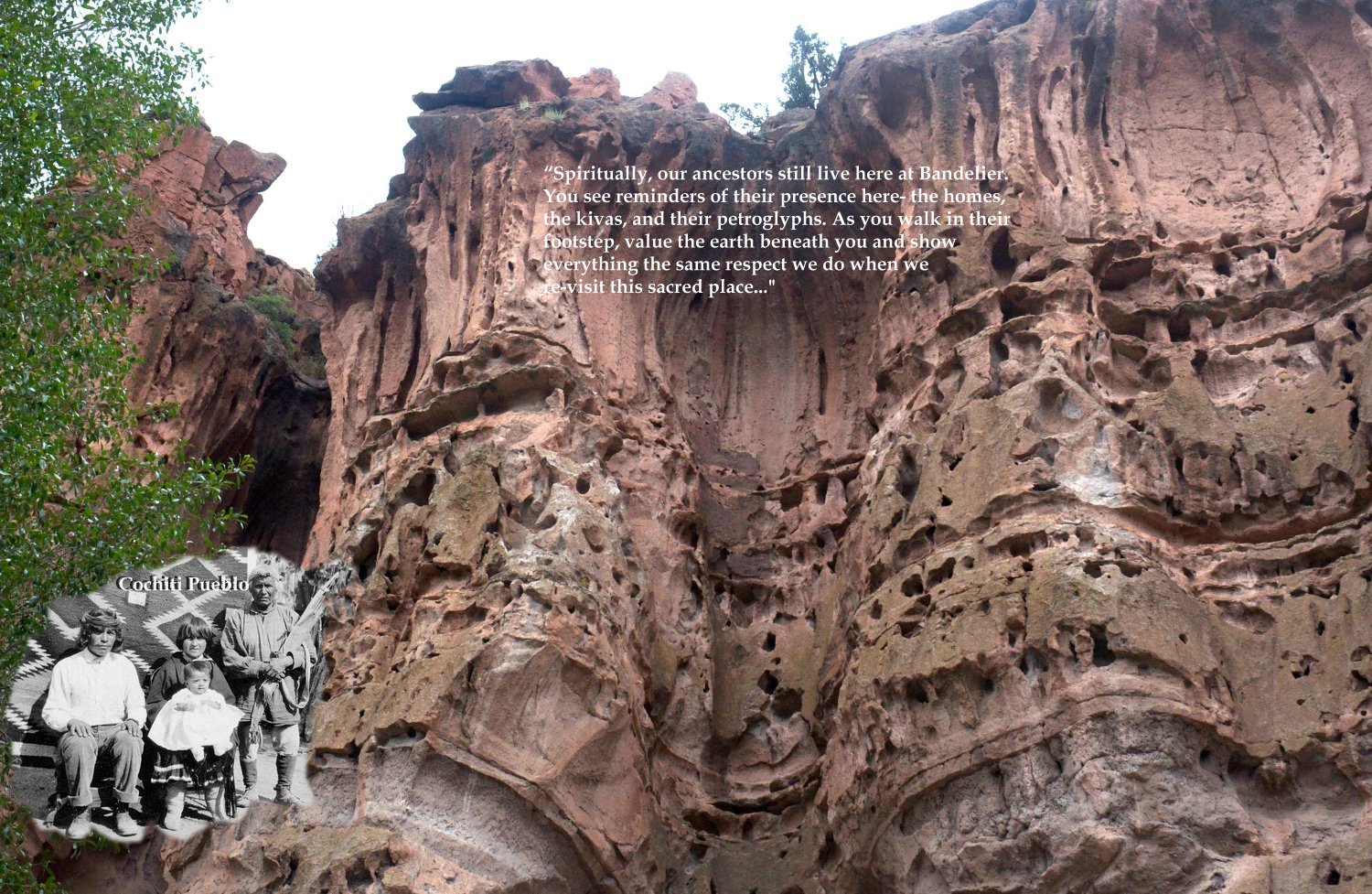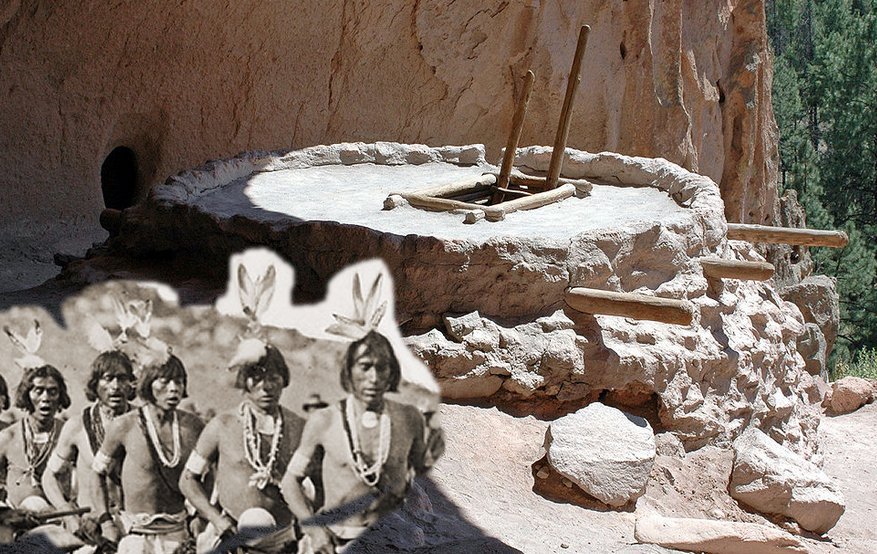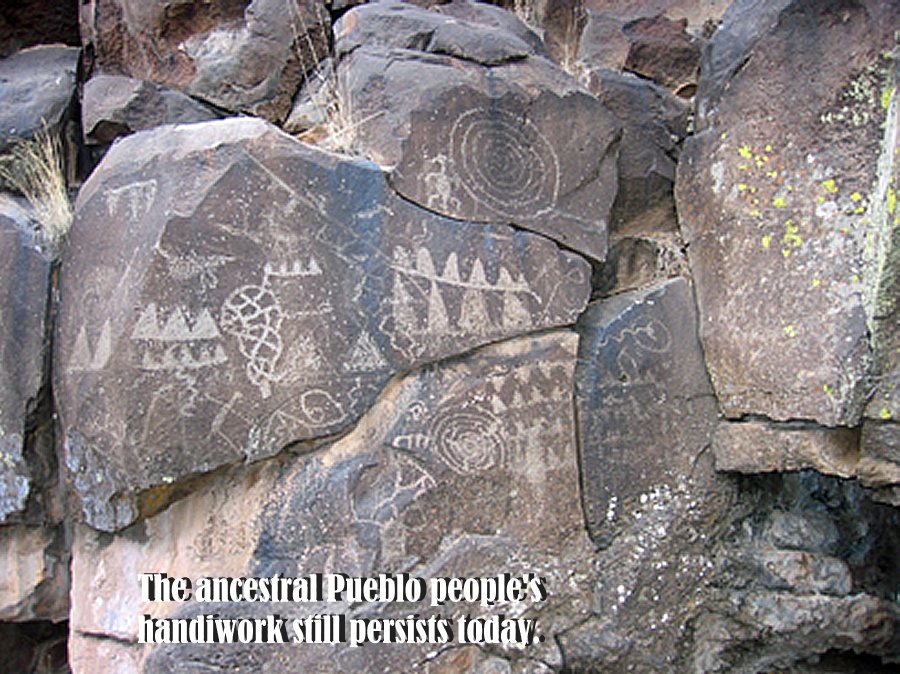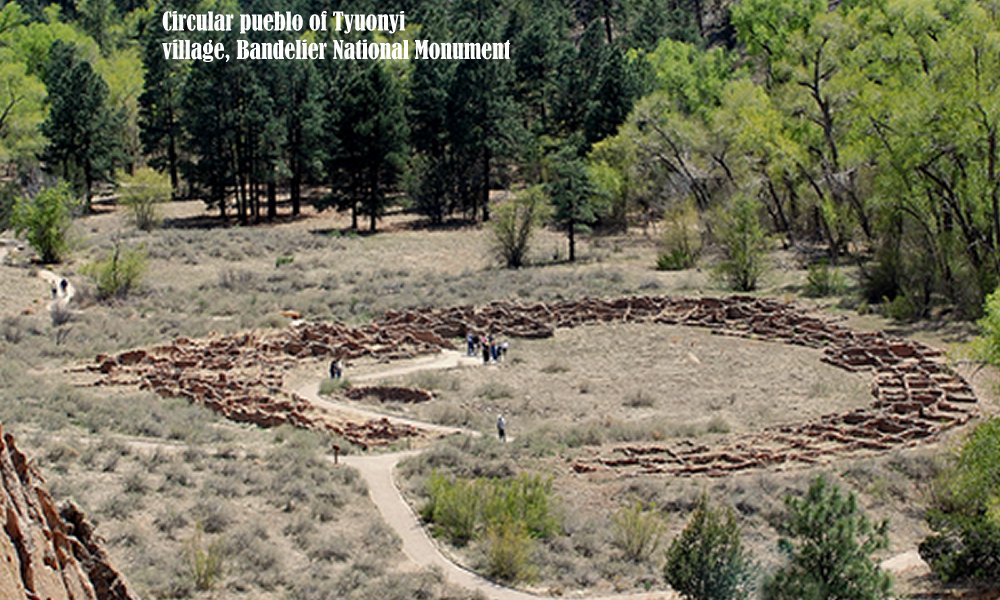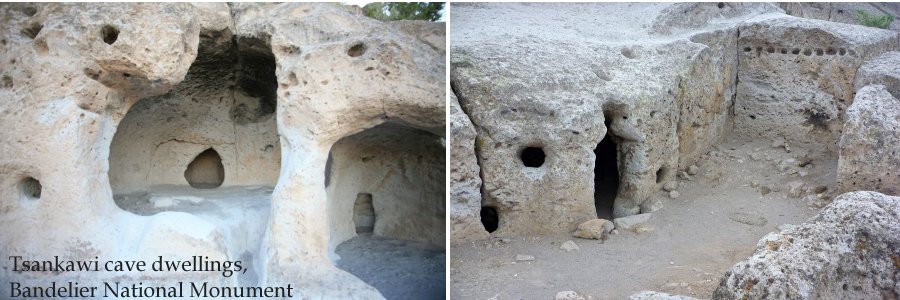Bandelier National Monument: Unusual Ancient Ruins Of Pueblo People In The Southwest
A.Sutherland - AncientPages.com - Bandelier National Monument is an archaeological area (50 square miles (130 km2) of the Pajarito Plateau, in the Jemez Mountains and 20 miles west of Santa Fe, in north-central New Mexico, U.S.
“Spiritually, our ancestors still live here at Bandelier. You see reminders of their presence here- the homes, the kivas, and their petroglyphs. As you walk in their footstep, value the earth beneath you and show everything the same respect we do when we re-visit this sacred place," according to Pueblo people.
At Bandelier in New Mexico, there are relics of Native American activity that date back 11,000 years.
The most recognizable signs, however, are the remains of ancestral Pueblo settlements scattered throughout the park and its surrounding area.
From 1100-1550 AD, Bandelier was occupied by the Ancestral Pueblo people who began to build more permanent settlements within Bandelier’s area of 32,000 acres.
The ancestral Pueblo people first arrived in the Pajarito Plateau (home of present-day Bandelier) and settled in the canyons and mesas.
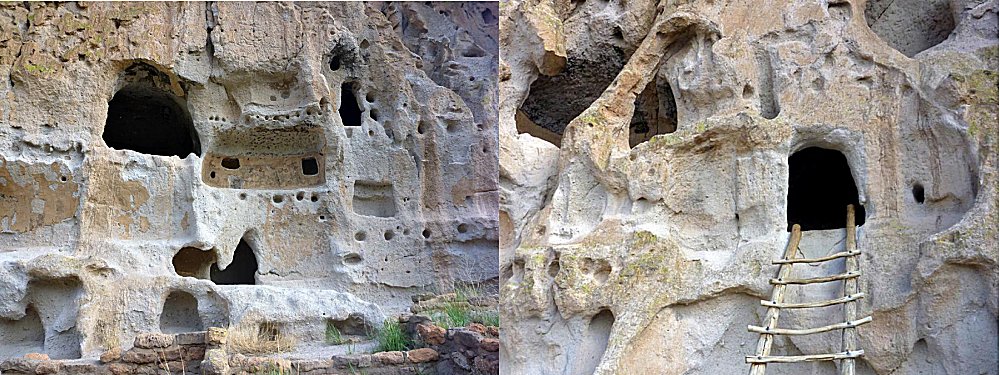
Rooms, alcoves, windows, viga holes, and caves (left); the Reproduction ladder used to access one of the cliff dwellings (right). Credits: Americansouthwest.net
They built ‘cavates’, cave dwellings carved directly into the cliffs, which are still found in canyons across the plateau; they housed families for hundreds of years.
One of the largest and best-preserved settlements is called Tyuonyi, which lies in Frijoles Canyon. It was once a circular pueblo house that probably stood three stories tall and contained more than 400 rooms.
Except for the prehistoric ruins of dwellings, open pueblos of pre-Columbian Indians, there are the Pajarito Plateau’s fascinating petroglyphs and pictographs carved into the cliffs and standing masonry walls.
There was no written language among the Puebloan people. Therefore, we can only speculate about what the people were trying to say through their rock art. Some of the meanings of the figures are known among modern-day Indians and are of great importance to them.
Among the petroglyphs are figures of people, animals, birds, lightning, and other various shapes. These drawings probably have deep cultural and religious significance for the societies that created them.
However, the true meaning of these images should not be shared, according to Native people's beliefs.
The petroglyphs in the Tsankawi section of the park were carved by ancient Puebloans, the ancestors of modern-day Native American pueblos of northern New Mexico and they have an important meaning.
They pay tribute to the early days of a culture long gone that still survives in the surrounding communities located among mountains rising to 10,200 feet.
Bandelier National Monument is named for the Swiss American archaeologist, ethnologist, and traveler, Adolph F. A. Bandelier. This great researcher conducted research in the Southwest for about a decade and lived among the Pueblo Indians in Frijoles Canyon (‘Rito de Los Frijoles’).
Much of what we know today about the life of these Indians is based on Bandelier’s research.
Bandelier died in Spain but his ashes were spread in the canyon in 1980.
Written by – A. Sutherland - AncientPages.com Senior Staff Writer
Copyright © AncientPages.com All rights reserved. This material may not be published, broadcast, rewritten or redistributed in whole or part without the express written permission of AncientPages.com
Expand for referencesMore From Ancient Pages
-
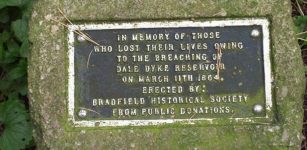 On This Day In History: Great Sheffield Flood – Largest Man-Made Disaster Occurred In England – On Mar 11, 1864
News | Mar 11, 2017
On This Day In History: Great Sheffield Flood – Largest Man-Made Disaster Occurred In England – On Mar 11, 1864
News | Mar 11, 2017 -
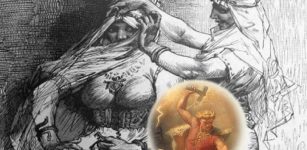 Hammer Of Thor – Great Loss Of Treasure That Protected Aesir Gods And Asgard
Featured Stories | Mar 14, 2018
Hammer Of Thor – Great Loss Of Treasure That Protected Aesir Gods And Asgard
Featured Stories | Mar 14, 2018 -
 On This Day In History: Battle Of Dormans Was Fought – On October 10, 1575
News | Oct 10, 2016
On This Day In History: Battle Of Dormans Was Fought – On October 10, 1575
News | Oct 10, 2016 -
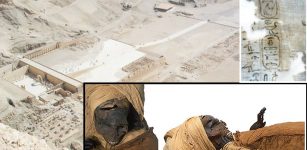 King Seqenenre Taa II Was Killed By Hyksos Invaders – Mummy Scans Reveal His Wounds
Archaeology | Feb 17, 2021
King Seqenenre Taa II Was Killed By Hyksos Invaders – Mummy Scans Reveal His Wounds
Archaeology | Feb 17, 2021 -
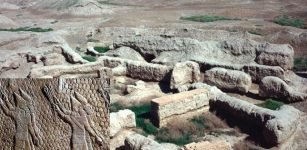 Lost Kingdom Of Mari – Once Important Commercial And Political Center Of Mesopotamia
Featured Stories | Jan 25, 2018
Lost Kingdom Of Mari – Once Important Commercial And Political Center Of Mesopotamia
Featured Stories | Jan 25, 2018 -
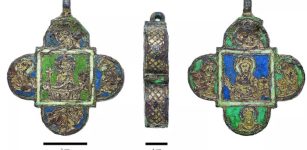 Bone Fragments Found Inside Mysterious Medieval Pendant
Archaeology | Jan 5, 2023
Bone Fragments Found Inside Mysterious Medieval Pendant
Archaeology | Jan 5, 2023 -
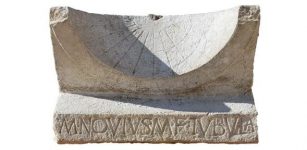 Rare 2,000-Year-Old Intact Sundial With Inscription Discovered In Italy
Archaeology | Nov 9, 2017
Rare 2,000-Year-Old Intact Sundial With Inscription Discovered In Italy
Archaeology | Nov 9, 2017 -
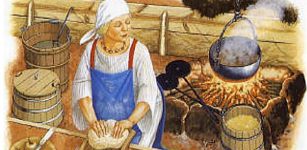 Cooking Gear Found In Graves Of Viking Men And Women
Archaeology | Jun 27, 2019
Cooking Gear Found In Graves Of Viking Men And Women
Archaeology | Jun 27, 2019 -
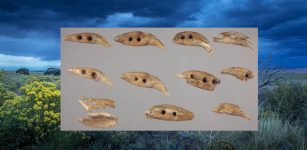 Remarkable Discovery Of Ancient Drilled Bear Teeth In Kansas – How Did They End Up On The Great Plains?
Archaeology | Mar 25, 2022
Remarkable Discovery Of Ancient Drilled Bear Teeth In Kansas – How Did They End Up On The Great Plains?
Archaeology | Mar 25, 2022 -
 On This Day In History: Samuel Morey Patents The Internal Combustion Engine – On April 1, 1826
News | Apr 1, 2017
On This Day In History: Samuel Morey Patents The Internal Combustion Engine – On April 1, 1826
News | Apr 1, 2017 -
 Unexplained Ancient Encounters With Shining Beings Who Appeared Out Nowhere – Who Were They?
Featured Stories | Dec 15, 2024
Unexplained Ancient Encounters With Shining Beings Who Appeared Out Nowhere – Who Were They?
Featured Stories | Dec 15, 2024 -
 Ancient Solar Eclipses That Re-Wrote History And Made Ever-Lasting Impact On Humans
Featured Stories | Aug 15, 2017
Ancient Solar Eclipses That Re-Wrote History And Made Ever-Lasting Impact On Humans
Featured Stories | Aug 15, 2017 -
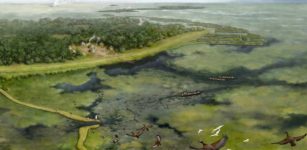 Pre-Columbian People Of The Amazon Altered Their Landscape Thousands Of Years Earlier Than Previously Thought
Archaeology | Jun 14, 2021
Pre-Columbian People Of The Amazon Altered Their Landscape Thousands Of Years Earlier Than Previously Thought
Archaeology | Jun 14, 2021 -
 On This Day In History: Chocolate Was Introduced In Europe – On July 7, 1550
News | Jul 7, 2016
On This Day In History: Chocolate Was Introduced In Europe – On July 7, 1550
News | Jul 7, 2016 -
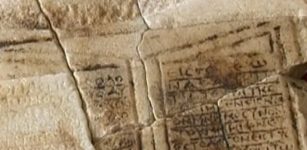 Last Fragment Of Early Christian Christogram Found In Ancient City Of Parthicopolis, Bulgaria
Artifacts | Sep 9, 2015
Last Fragment Of Early Christian Christogram Found In Ancient City Of Parthicopolis, Bulgaria
Artifacts | Sep 9, 2015 -
 On This Day In History: The Mongol Conqueror Genghis Khan Died – On August 18, 1227
News | Aug 18, 2016
On This Day In History: The Mongol Conqueror Genghis Khan Died – On August 18, 1227
News | Aug 18, 2016 -
 Unique Find: Sacred Gate Found At The Minoan Palace Of Archanes In Crete
Archaeology | Nov 1, 2024
Unique Find: Sacred Gate Found At The Minoan Palace Of Archanes In Crete
Archaeology | Nov 1, 2024 -
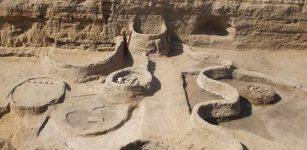 Part Of Long-Lost Pelusiac Branch Of Nile Uncovered In Egypt
Civilizations | Sep 20, 2015
Part Of Long-Lost Pelusiac Branch Of Nile Uncovered In Egypt
Civilizations | Sep 20, 2015 -
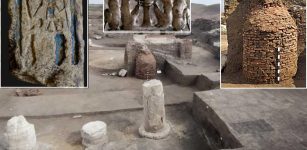 Remains Of Colonnaded Hall Of 26th Dynasty Found At Ancient Buto Temple, Northern Nile Delta
Archaeology | Nov 18, 2022
Remains Of Colonnaded Hall Of 26th Dynasty Found At Ancient Buto Temple, Northern Nile Delta
Archaeology | Nov 18, 2022 -
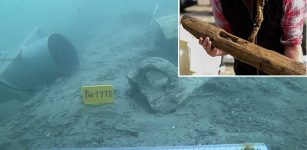 Slovenia’s Unique Discovery Of Masts, Sails And Small Harbor Found At The Bottom Of The Adriatic Sea
Archaeology | Apr 2, 2024
Slovenia’s Unique Discovery Of Masts, Sails And Small Harbor Found At The Bottom Of The Adriatic Sea
Archaeology | Apr 2, 2024

